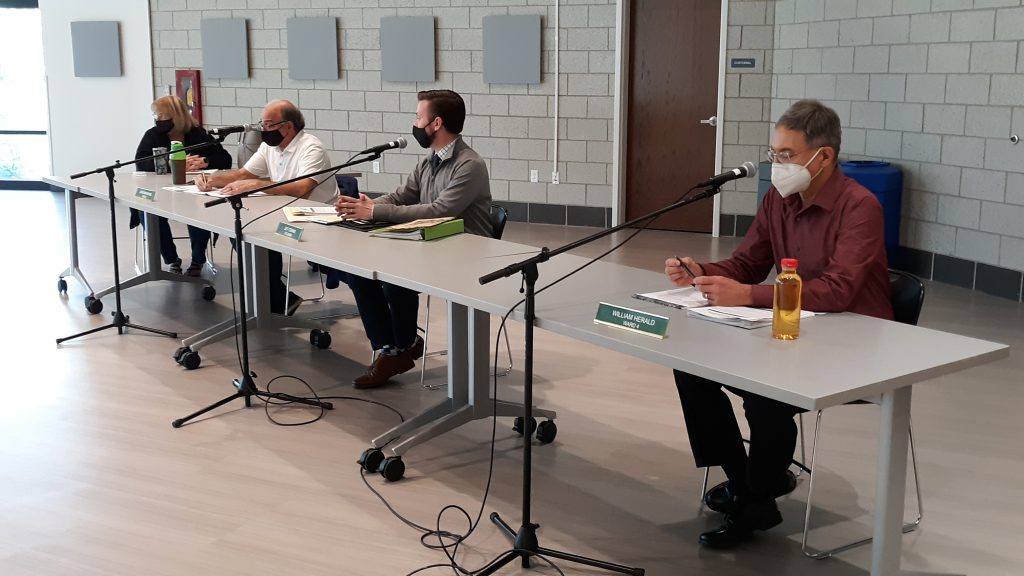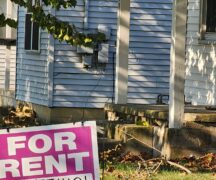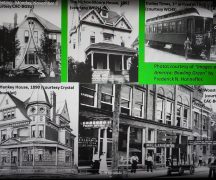By JAN LARSON McLAUGHLIN
BG Independent News
A proposed checklist for rental housing inspections was approved Thursday evening by the Bowling Green City Council committee trying to find a middle ground that landlords and tenants can live with.
The checklist was sent out to get input from both sides – the local landlords association and the East Side Neighborhood Association. The neighborhood group sent back detailed suggested revisions. The landlords did not respond.
“We have heard nothing from the landlords, but we have heard from the East Side group,” said John Zanfardino, chairman of the Community Improvement Committee. He proposed that the suggested revisions be presented to City Council for adoption.
CIC members Bill Herald and Jeff Dennis agreed.
“I was very impressed with the East Side Neighborhood revisions,” Herald said.
Dennis complimented the checklist additions from the East Side residents. “It’s a very good starting point for the council to begin discussion.”
The proposed inspection checklist includes many items inside and outside rental homes, such as:
- Exterior items include the condition of address numbers, chimneys, doors and windows, foundations, garages, gutters, porches, roofs, stairways, lighting, lawns and parking.
- Interior items include checks on mold, bathroom ventilation, functioning drains, electric panels and outlets, lights, plumbing, stairways, and workable windows in bedrooms.
- General items such as occupancy, insects and rodents.
- Utility and appliance items such as working appliances and HVAC, functional laundry, and operating water heater.
- Safety items such as carbon monoxide alarms, two emergency exits for all sleeping areas, clearly marked fire exits, operable fire extinguishers and sprinklers, and functioning smoke alarms.
With very little left for the CIC to discuss – after 13 meetings on the subject of rental housing – Thursday’s meeting lasted only 20 minutes.

There are three parts to the rental housing program – registration of rentals, inspection of rentals, and checklists for rentals.
When Zanfardino began the meeting, he talked about how the proposed legislation has been bent to meet concerns of local landlords.
“It’s pretty much a self-inspection system,” he said. “I believe we need to go beyond a self-inspection system to something with more regulation and oversight.”
Dennis agreed.
“This is very much a self-inspection program,” Dennis said,
Zanfardino suggested that the checklists must be signed by one or more tenants of each rental.
“Self-inspection has no real oversight. It’s inspection of one’s own business,” he said.
Zanfardino also suggested that in addition to random audits of the self-inspections, that the city also have targeted audits – starting with inspections of houses of a certain age converted into rental housing, then work forward from there.
“We all agree there needs to be something beyond self-inspections,” he said. But there has been no consensus on what percentage of rental homes should undergo random inspections each year. Zanfardino suggested the proposal be presented to the entire City Council for input.





